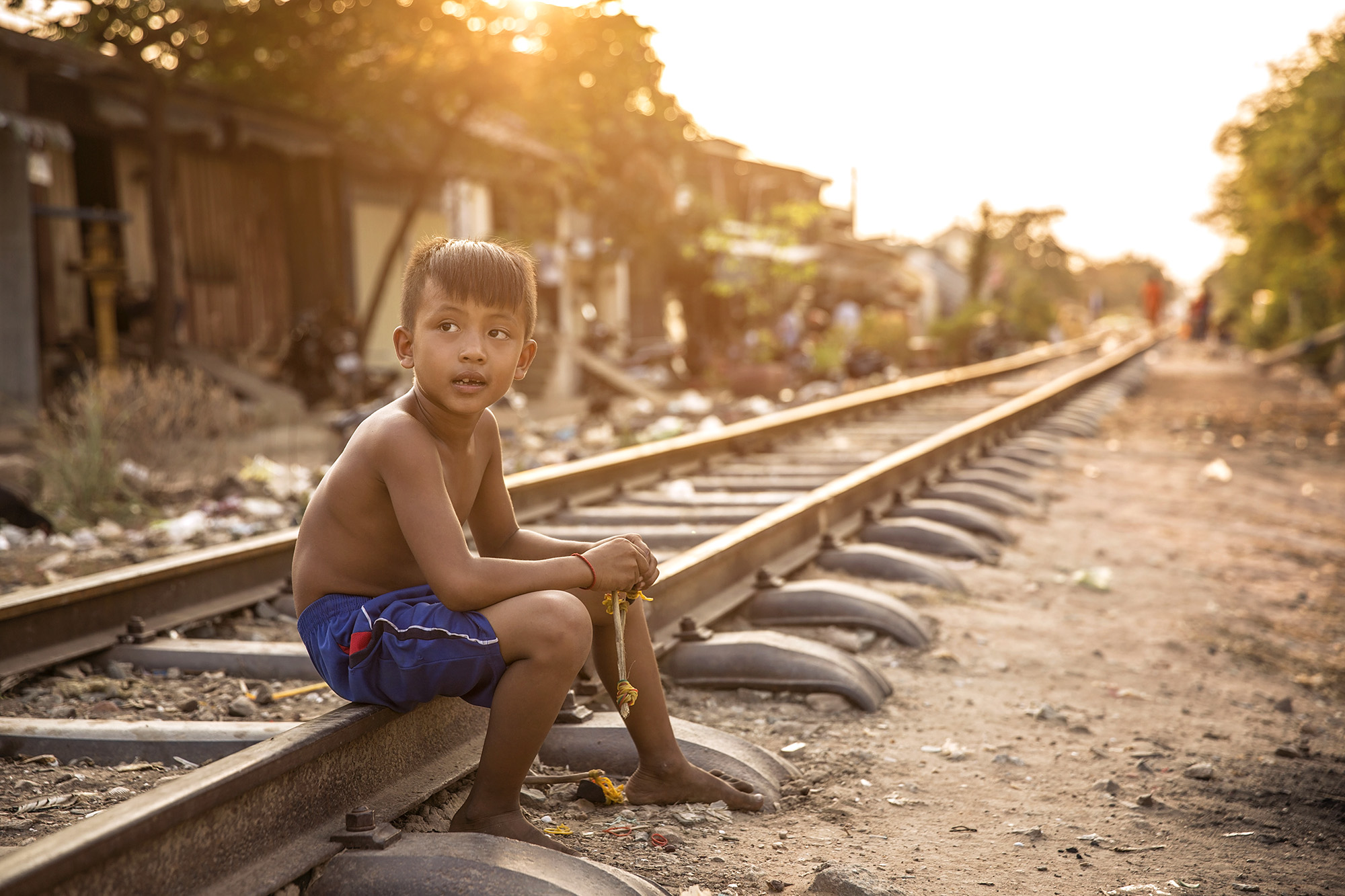Phillip Robertson is a war journalist who has written for the BBC and salon.com. He has travelled to Iraq and Afghanistan on numerous occasions. He also spent time with the Syrian rebels, ISIS, before their expansion and notorious nature became world renowned. I should also mention that Pip is my oldest brother, born and raised in San Francisco, husband to Anna and father to Zaina.
I asked my brother a simple, yet loaded question, and his response was spot on.
Me: As a journalist, does your writing have to be completely objective? Are there strict guidelines that you have to follow like photojournalists?
Pip: That's an intense question, Cis, and the answer really depends on what sort of piece the journalist is trying to write. If a writer uses their own subjectivity in a pretty honest way, the piece becomes a kind of travelogue through a particular situation. This did not used to be called journalism but since the sixties, this kind of thing became famous under Tom Wolfe and others and now you see it all over the New Yorker and the Atlantic in different forms like a skin condition.
If the writer is trying to write a totally fact-based work that relies on interviews and published reports, the voice of the journalist lies somewhere underneath the facts and whatnot, even though, a person with a particular view had to take the time to assemble those facts and put them in a narrative sequence, the mere act of which pretty much guarantees the writer's personal view point comes through. The impossibility of objectivity something journalists creepily agree to never talk about and instead trumpet the (vague and ephemeral) social good of the work that is done by them. There is a great a great debate over 'objectivity' in the journalism world. I always ask what that is. What the fuck is it exactly? In the bargain basement sense of the word, to most working editors it simply means getting quotes from both sides and avoid being sucked into advocacy for one side or another.
New Journalism, a mutant daughter of the sixties, is my branch of the discipline (that's a joke, there's no discipline at all, most of them are drunks, which makes them fun sometimes). I try to make a convincing case for my points and acknowledge the fact that like-it-or-not the reader has to deal with thefact that the writer is part of the story. In war reporting, this is considered ok, since the alternative is bogus wire-service stuff that doesn't describe orimpart any sense of what it is like to be in a conflict-zone.
Investigative journalism relies on the strict archaeology of facts and money and almost always leads to court cases so you might suspect that a personal and subjective approach doesn't work so much here. In this branch there is always a shit-ton of stuff you have to absolutely prove because the writer, the paper and the editor are going to get sued as sure as the sun rises. There was a famous case where some writers down south had Chiquita brands nailed on drug smuggling and lost because they had access to voicemail which wasillegal, even if the information they got was good - in fact it was pure gold because they had the executives talking about murder and drugs in one of their own ports. Of course, the writers were on target, everything they wrote was true, but large corporate money became angry with them. No room for error on that one. Theytried to spear Moby Dick and the whale won.
So the objectivity question is a disturbing one. It depends so much on what the writer is trying to do. I find that advocacy journalism, where you know the prejudices of the journalist ahead of time, is pretty weak and unconvincing, kind of like a play whose plot is sniffed out so far in advance there’s nothing to discover. It's why I never really liked political reporting on either side. It just has very little meaning.
All the photojournalists I knew in Iraq and Afghanistan did not follow any strict guidelines, and with a few exceptions, none of them cheated, faked stuff or really distorted context. You hear about people who photoshop in plumes of smoke, but that's a really silly thing to do andeveryone who does it gets caught.
My objectivity is pretty shredded at this point, that's honestly where I am, but it's hard to write the story from space looking down on bug-sized people. I have to write about people I know. It is also true that you don't want to be caught being flat-out wrong if you can help it.
Phillip is also a photographer in his own right. He considers himself a writer, yet he is very talented and motivated to shoot. His images are poignant and expressive, as is his writing. I thought that he was the perfect interview to show the similarities between journalists and photojournalists. Phillip travelled with many close friends who were photojournalists, including Tim Hetherington. Since his mom died 5 years ago, Pip and his wife and child moved back to SF from Brooklyn, NY and he has taken to writing novels rather than traveling to dangerous lands. I’m grateful for this change of heart and his commitment to family.













































